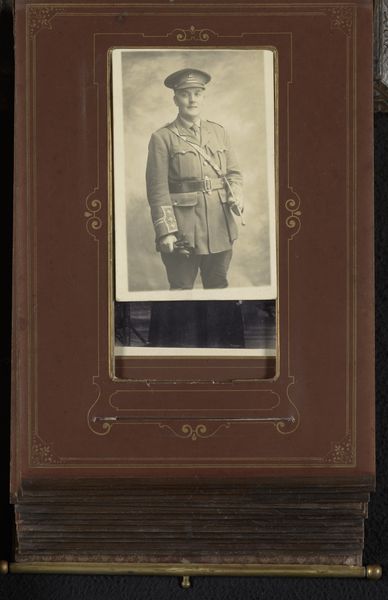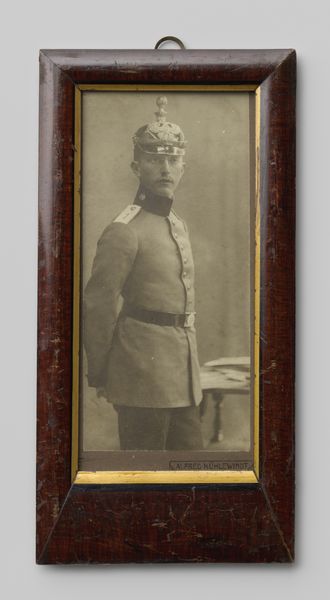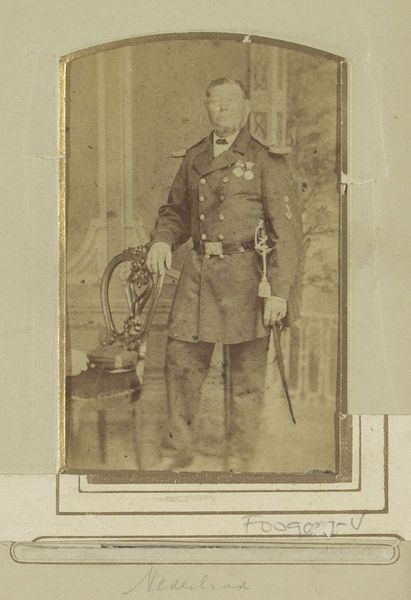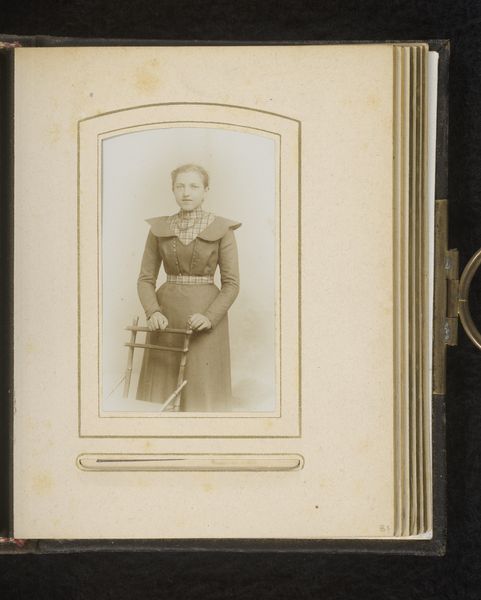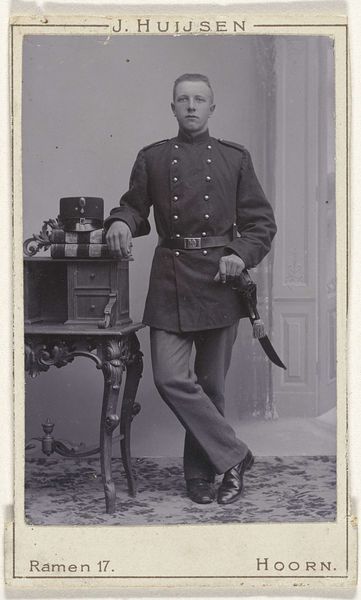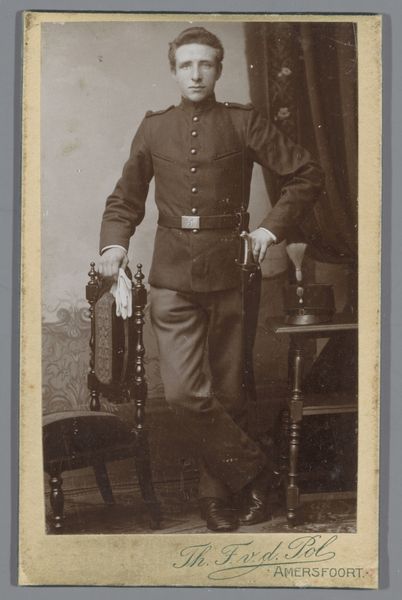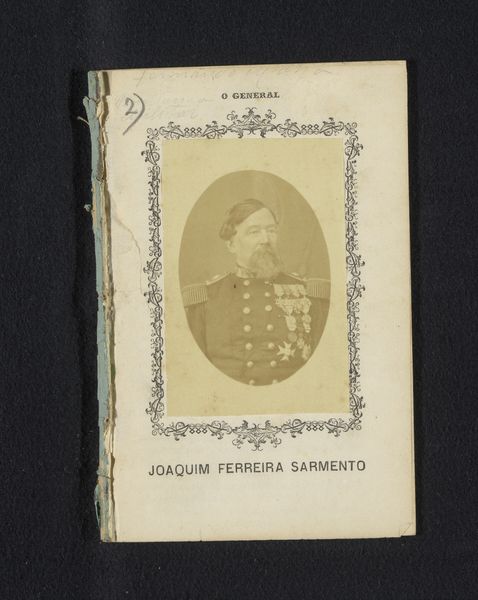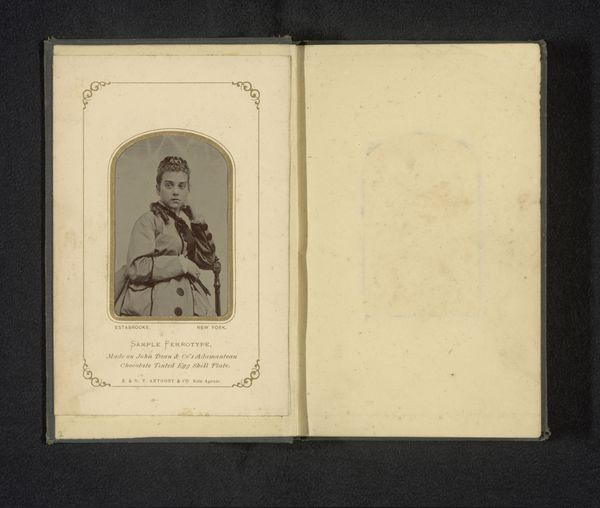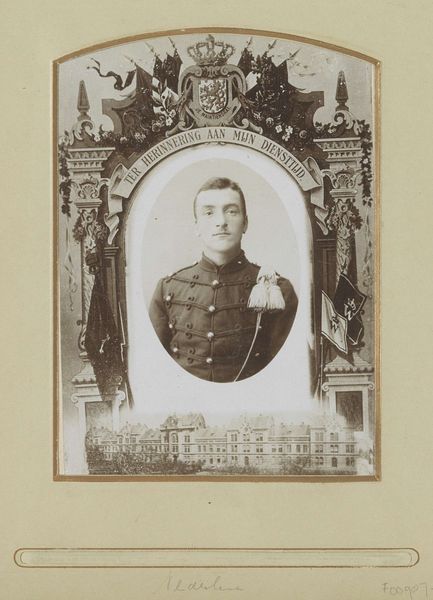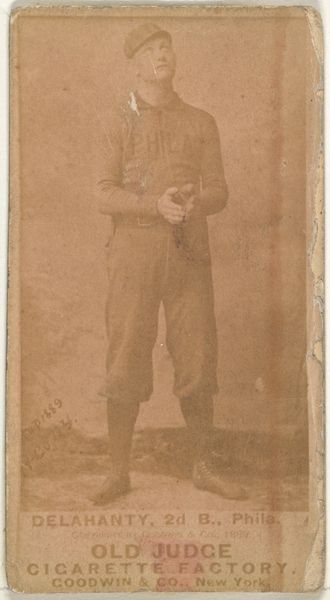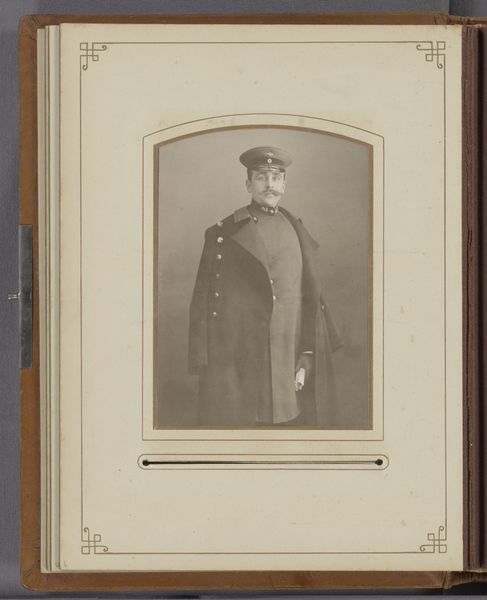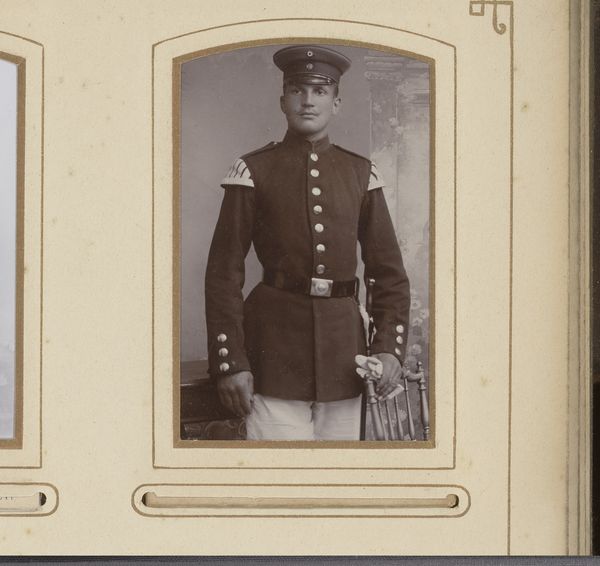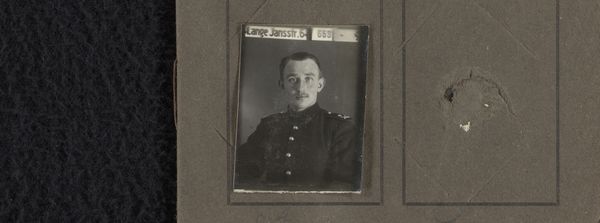
mixed-media, print, metal, textile
#
mixed-media
# print
#
metal
#
textile
#
romanticism
Dimensions: length 8.5 cm, diameter 2.9 cm, width 2.9 cm, length 3.7 cm
Copyright: Rijks Museum: Open Domain
Editor: So, this is the "Metalen Kruis 1830-1831 aan blauw-oranje lint," or Metal Cross 1830-1831 with blue-orange ribbon, made sometime after 1832. It’s a mixed-media piece incorporating metal, textile, and possibly printmaking. There's a somber feeling to it, likely connected to its historical context. What historical factors do you think are key to understanding the meaning embedded in the artwork? Curator: This medal provides insight into the socio-political climate of the Netherlands following the Belgian Revolution. The ‘Metalen Kruis’ itself served as a visible symbol of loyalty to the Dutch crown during a period of intense national upheaval, handed out to veterans involved in this conflict. Editor: So, it was like a propaganda piece? Curator: Precisely. These medals were carefully disseminated to construct and reinforce national identity and pride. Medals are powerful social objects, meant to promote particular narratives of heroism and sacrifice, and it’s important to analyze them in relation to contemporary media coverage and public celebrations to appreciate their influence. Look closely at the arrangement of ribbon and cross - can we think about the symbolism present here? Editor: Well, the colours in the ribbon look faded and worn, and the cross is quite a dark metal, maybe bronze? Could that hint at a decline of power or perhaps reflect a nation in mourning? Curator: That's an insightful reading. Consider that during this era, the Romantic movement celebrated nationalism while acknowledging its costs, with powerful political undercurrents influencing art production. It highlights the complex public role of art, how objects become intertwined with historical and political forces, constantly negotiated and interpreted. Editor: I guess analyzing art isn't just about aesthetic appreciation, but also understanding its power in shaping public opinion and memory. Curator: Exactly. Examining objects like this metal cross gives us a richer understanding of how socio-political ideologies infiltrate and shape the narratives of the past.
Comments
No comments
Be the first to comment and join the conversation on the ultimate creative platform.
